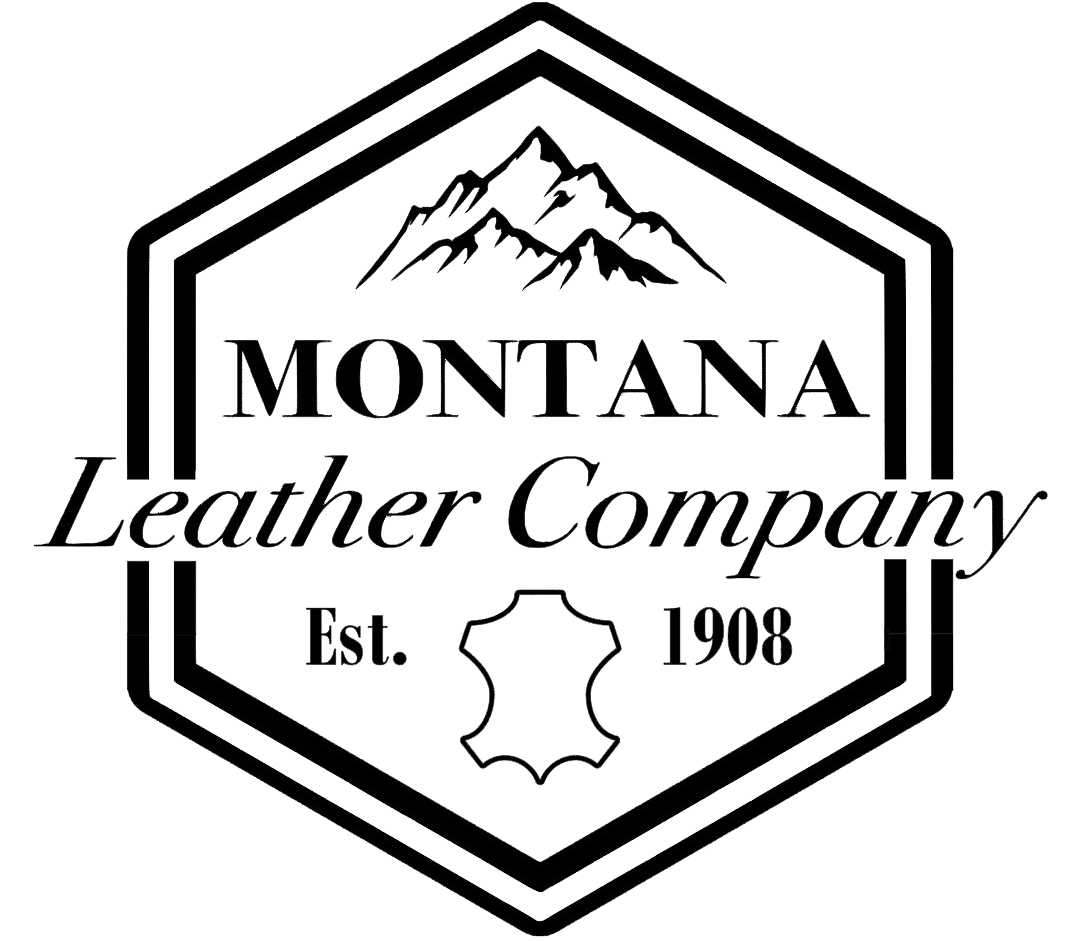
Leather is a highly versatile material thanks to the many variations available. For new leatherworkers, however, you might see terms like “top grain” or “full grain” leather while browsing leather retailers. While to the untrained eye, these two grains may seem no different from each other, they still provide different benefits. Here’s what you need to know about top and full grain leather.
Quality
Both top grain and full grain leather are incredibly high quality, but full grain is often considered to have just a bit of a higher quality because it retains all the natural grains. As a result, full grain leather is stronger and more durable, making it more reliable for applications where the leather will undergo a lot of weight or stress. Make no mistake, however; top grain is still very high quality, it’s just refined. Such refinement gives it an advantage in other aspects.
Appearance
The purpose of top grain is to remove the natural scarring and other blemishes from the leather that may have occurred when it was still on the animal. These blemishes are removed through sanding, giving top leather a much more uniform appearance that is smoother and professional looking. In contrast, you may prefer full grain leather because the scarring and blemishes provide the leather with a unique appearance. This is probably the most obvious difference you need to know between top and full grain leather. But if you want a one-of-a-kind product, you’ll absolutely want to take advantage of the more rugged and textured look of full grain leather.
Aging
Another factor to consider is the long term. As leather ages, full grain leather generally develops a better patina. The patina is the soft sheen leather products develop over time. This makes them look smooth and shiny—it’s caused by the accumulation of scratches, dirt, body oil, sun, wear, and tear. Top grain leather, because it was sanded down, does not have the same head start to develop a patina, retaining its original appearance for much longer.
Cost
The quality of the leather will always determine price, so because full grain is technically higher quality in terms of strength or durability, you’ll often see it be more expensive than top grain leather, especially for higher grade sides. However, full grain can be harder to work with due to its aesthetic imperfections, limiting what applications it is best suited for. Top grain is typically the better buy if you intend to make clothes like leather jackets, but if you intend on making a leather bag, wallet or belt, full grain is often well worth the investment.
